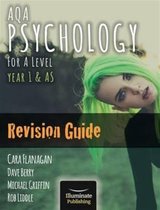Essay
Describe and evaluate Ainsworth strange situation 16 marks.
Describe and evaluate Ainsworth strange situation. This is essentially a full 16-mark question which is all you need for the exam, you can also use it to answer all 4,6,8, 12 mark questions in the exam all you have to do is break it down.
[Show more]




